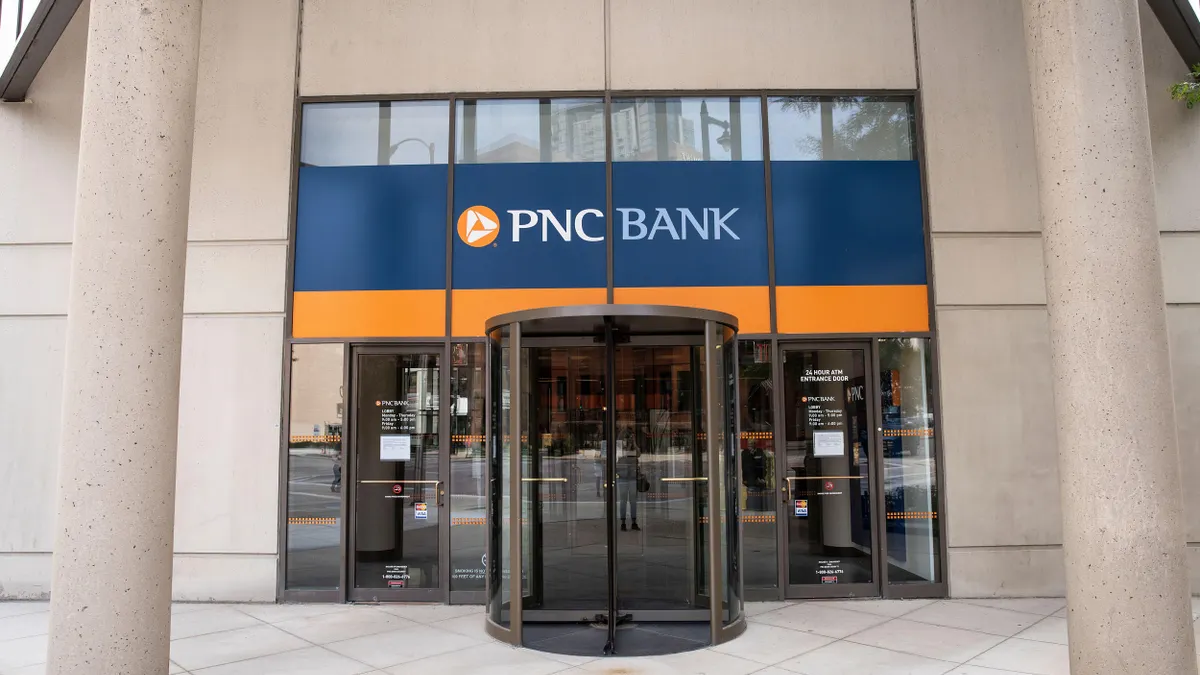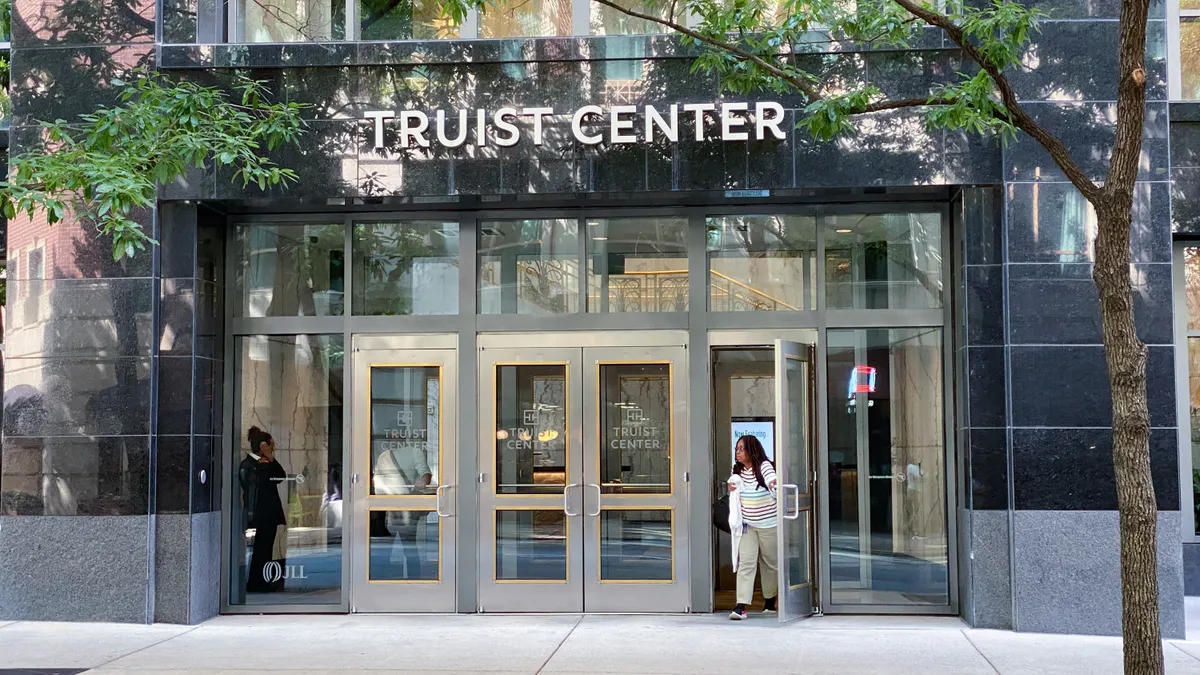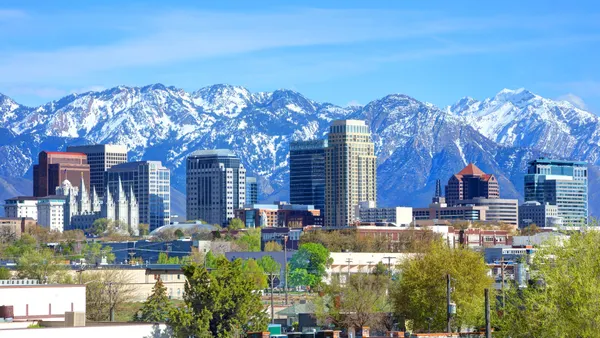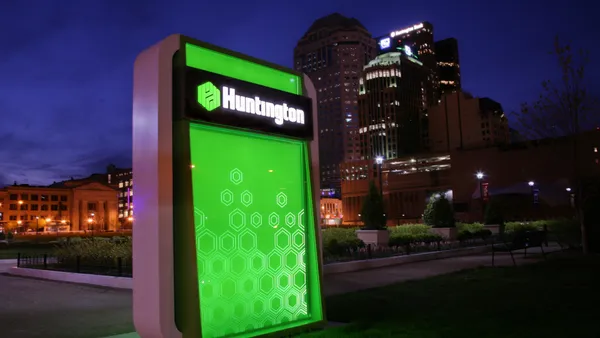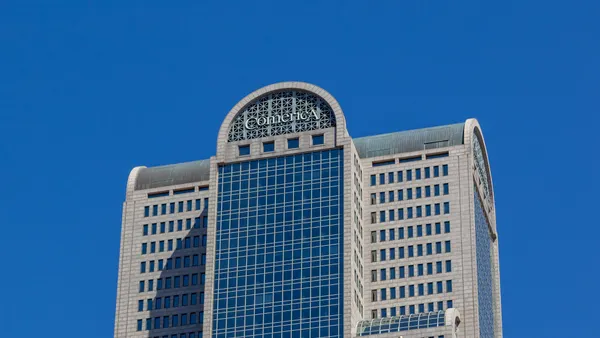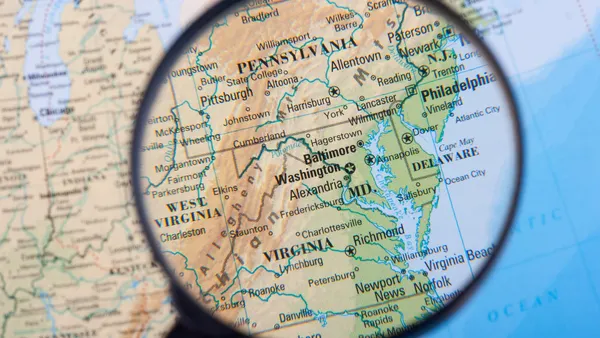Dive Brief:
- The Washington Post, The New York Times, Bloomberg LP, Dow Jones and ProPublica sued the Small Business Administration (SBA) on Tuesday for access to government records detailing which companies have received loans under the Paycheck Protection Program (PPP) and the Economic Injury Disaster Loan program (EIDL)
- The five media organizations filed requests last month under the Freedom of Information Act (FOIA), seeking the names of recipients, the amount of each loan, and the banks that processed them — to no avail — even though the SBA has published that information in the past.
- The suit comes as the agency temporarily boosted the lending limit — from $350,000 to $1 million — of the SBA Express loan as part of the pandemic relief effort.
Dive Insight:
The flow of information surrounding PPP and EIDL has been selective. The SBA gave journalists daily updates on how much money has been spent through the PPP, but has declined to answer questions about a backlog in the EIDL program, The Washington Post reported.
Additionally, the agency has released statistics showing how much funding has been spent in total through its various loan programs, but has not released the names of loan recipients or said when it would do so.
The SBA came under fire in an inspector general report late last week for failing to collect demographic information from loan recipients — making it difficult to track how much of the PPP funding is going to nonwhite borrowers and underserved communities.
The PPP application warns potential borrowers their information will be subject to FOIA requests. However, an attorney representing the news outlets said the SBA's responses to FOIA requests have been unsatisfactory.
"The SBA has either failed to respond to the requests or it has issued boilerplate responses stating that, at some indefinite point '[i]n the near future,' the SBA hopes 'to turn [its] efforts to providing loan specific data to the public,'" the complaint reads. "The SBA's responses provide no concrete indication of what that data will include or when that data will actually be made available."
A spokesman for the SBA declined to comment to The Washington Post.
Meanwhile, the SBA's boost to Express may be seen as a way to maintain the momentum small-business lending has gained since PPP’s launch.
"Historically, you generally see an uptick in demand for SBA lending when you're coming out of a downturn, just because of the credit enhancement," Steve Smits, chief credit officer at the $5.3 billion-asset Live Oak Bancshares in Wilmington, North Carolina, told American Banker. "I expect we’ll see that again."
Express may be part of some PPP recipients' plan to continue recovering from the economic downturn spurred by the pandemic. But it also could serve as an inroad for fintechs to continue small-business lending.
"SBA Express is going to be really important because it best matches our process and customers," Ryan Metcalf, Funding Circle’s head of U.S. regulatory affairs and social impact, told American Banker.
SBA Express, unlike the PPP, doesn’t offer loan forgiveness but neither does it require borrowers to spend 75% of the loan amount on payroll. SBA Express also allows lenders to use their own forms and procedures, apply in-house collateral standards and make the final credit decision. The guarantee amount, however, is 50% rather than the 75% that’s typical for SBA 7(a) loans.
Express loans can also be structured as a line of credit.
The Express program had fallen out of favor with lenders since fiscal 2016, with some saying the $350,000 cap was too small to be useful. Lenders are expected to press Congress to make the updated $1 million limit permanent. Without that, the cap would return to $350,000 in early 2021.



